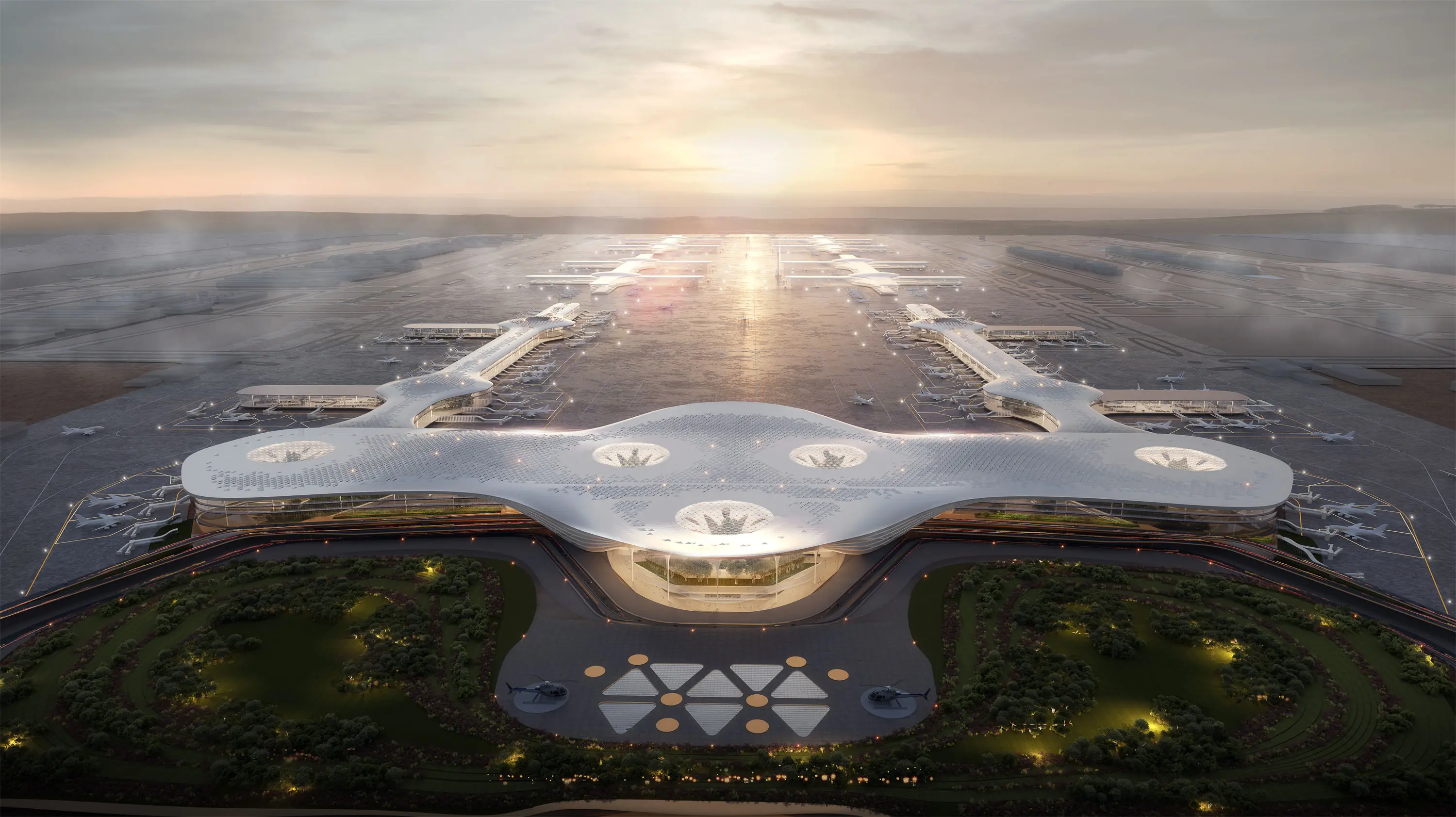what does a 3d visualiser do
A 3D visualiser is a professional who transforms abstract concepts, Designs, or ideas into tangible,three-dimensional digital representations, bridging the gap between imagination and reality. Their role spans across multiple industries, with responsibilities that blend technical expertise, artistic sensibilities, and problem-solving skills.
In architecture and interior design, they translate blueprints and sketches into photorealistic 3D models of buildings, rooms, or urban landscapes. This involves crafting detailed structural elements, adding materials like wood, glass, or concrete, and simulating lighting conditions—whether natural sunlight streaming through windows or artificial fixtures in a nighttime scene—to help clients visualize spatial layouts and aesthetic effects before construction begins. For example, they might create a3D walkthrough of a restaurant to showcase how customers will experience the space, from the arrangement of tables to the color of the walls under different lighting.

In product design and manufacturing, 3D visualisers bring prototypes to life, often collaborating with engineers to ensure that digital models reflect functional details like hinges, gears, or ergonomic curves. They might render a new smartphone model, highlighting its sleek finish, button placements, and screen reflections, or create animations demonstrating how a piece of machinery operates. These visuals aid in marketing materials, user manuals, or pitch decks, making complex designs more accessible to stakeholders.
Within the entertainment industry, their work ranges from building 3D environments for video games—such as fantasy cities or post-apocalyptic landscapes—to crafting characters, props, and special effects for films. They might model a dragon with scales that shimmer in different lights or design a spaceship with intricate mechanical parts, ensuring that each element fits the director’s vision and technical requirements for animation.
A key part of their job is technical proficiency in software like Blender, Maya, 3ds Max, or Unreal Engine, where they handle tasks such as modeling, texturing, lighting, and rendering. They also need to understand artistic principles like composition, color theory, and perspective to create visually appealing scenes. For instance, when visualizing a landscape, they might use atmospheric perspective to make distant mountains appear bluer and less detailed, mimicking real-world vision.
Additionally, 3D visualisers often optimize models for different uses—reducing polygon counts for real-time applications like video games while maintaining detail for high-fidelity renderings. They may also collaborate with teams of designers, developers, or clients to incorporate feedback, adjusting elements like textures, proportions, or lighting until the visualization aligns with the project’s goals.
In essence, a 3D visualiser acts as a storyteller with digital tools, using their skills to make ideas visible, tangible, and engaging—whether that means helping an architect sell a design, a game studio build an immersive world, or a product team showcase a prototype’s potential. Their work combines precision and creativity, turning data and concepts into visuals that inform, inspire, or entertain.
LIGHTS,offering High-end architectural rendering, animation, and virtual reality solutions.


